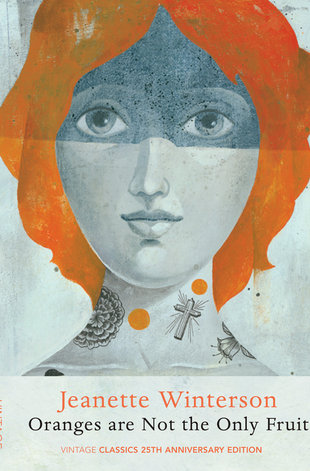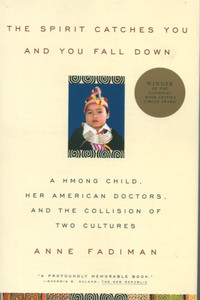Don't Panic. Your bank has failed.
I tried to log in and check up on my savings account yesterday and was immediately welcomed by the message shown above. One of the US bank regulators, the
much maligned Office of Thrift Supervision, had declared the bank failed, shut it down, and put it into receivership.
Fortunately, this means only mild inconveniences for me. Firstly, I had only a few hundred dollars at this bank. I opened an account here because of a good offering on interest rates plus frequent flier miles, but once those interest rates came down I moved most of that money elsewhere, just one individual in the
hot money supply. No one is winning that game these days
However, retail banking customers in the United States are almost always insured against failure. The Federal Deposit Insurance Corporation, colloquially
FDIC and sometimes Fi-Dec, has guaranteed savers' money
since 1934. The institution insures accounts up to $250,000 at participating banks for each customer. Banks, rather than taxpayers, put up premiums and fees that the become the purse out of which savers are made whole.
When a bank becomes insolvent the FDIC
swoops in over the weekend and closes down operations in an orderly manner before Monday morning. The FDIC has been exceptionally busy and
perhaps overworked in this recession. Around 140 banks
had to be closed in 2009, and another 26 have been named so far this year with another three weeks left in the first quarter. But I, for one, am thankful for the assurance.











.jpg)